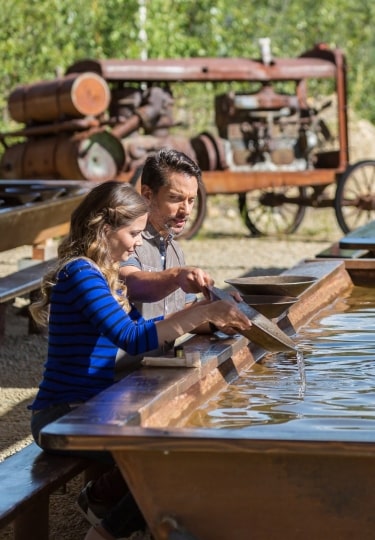Alaska may be known for its pristine nature, snowy mountains, and abundant wildlife, but the state has a rich cultural history, too. Towns and settlements have been shaped by human endeavor, from the local tribes who have lived off the land and the sea for thousands of years to Gold Rush prospectors, whose time here was brief but whose legacy lives on.
Alaskan culture is living, not frozen in time. As you explore the state, you’ll find an exciting culinary scene, intriguing architecture, thriving, locally run businesses, beautiful crafts and the occasional madcap sporting event. This is, after all, a state of extremes.
Here are eight intriguing aspects of Alaskan culture to explore on your next visit.
Russian History
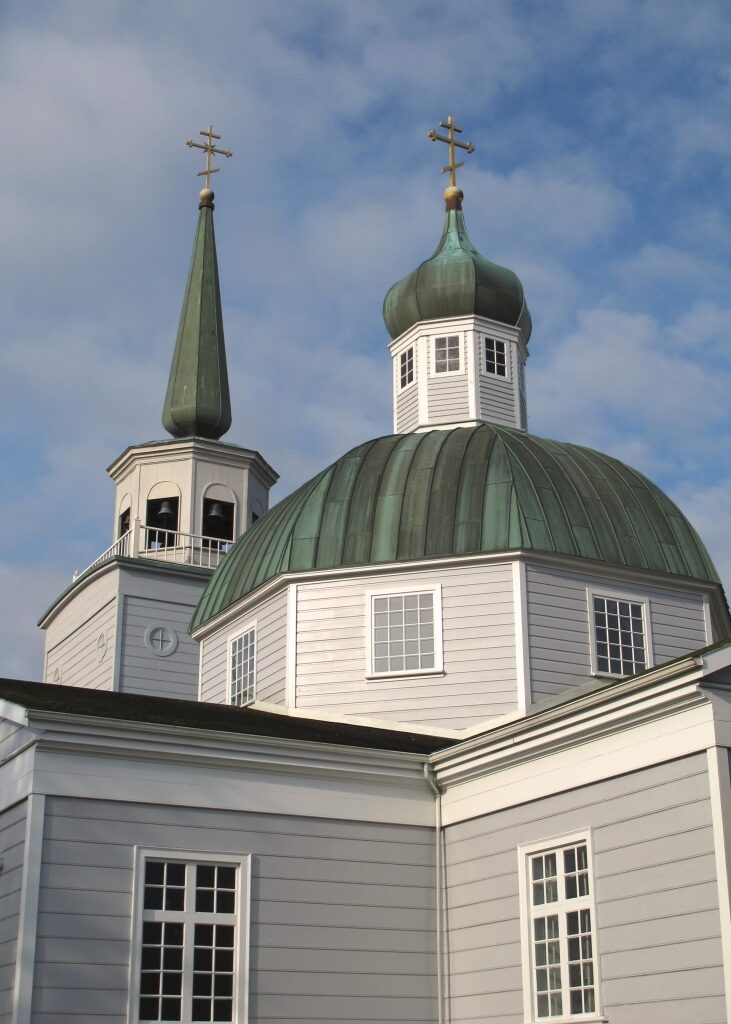
Russian Orthodox St. Michael’s Cathedral, Sitka
From 1725 to 1867, Alaska belonged to Russia. Back then, Sitka was the regional capital, named Novoarkhangelsk, or New Archangel. The Russians, following the trail blazed by Vitus Bering, came to buy walrus ivory and sea otter fur from the indigenous peoples who had been here for thousands of years.
When Russia’s political and commercial focus changed, it sold Alaska to the United States in 1867 for a bargain $7.2 million. Today, you can see the legacy of Russian rule on Alaskan culture everywhere, from place names like the Bering Strait and Baranof Island, on which Sitka is located, to local architecture.
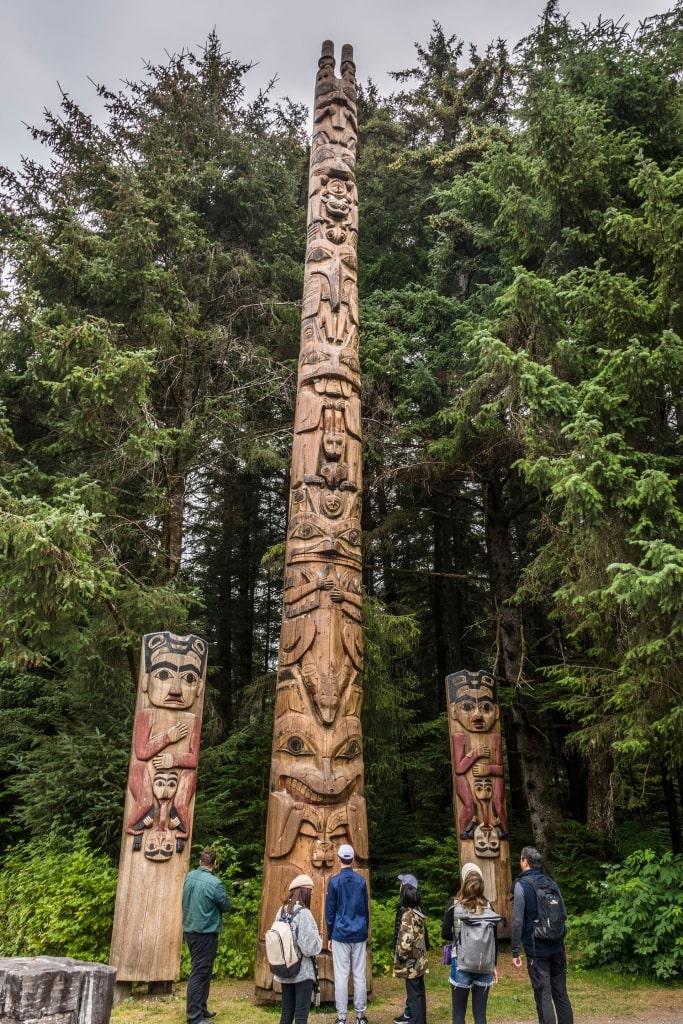
Sitka National Historical Park
Some 80 Russian Orthodox churches are scattered around the state, although Sitka has the richest concentration of Russian buildings in Alaska. The Russian Orthodox St. Michael’s Cathedral has the distinctive lines and green domes of a Russian church, its interior rich with icons. You can visit the Russian Bishop’s House, built in 1843 and now a museum, containing artifacts from the 19th century.
You’ll find more Russian legacy at Sitka National Historical Park, the site of the 1804 Battle of Sitka, a conflict between Russia and the Sitka Tlingit people. Here, you can meet native Alaskan totem artists, see Russian and Tlingit exhibits, and learn about local Alaska traditions.
Totem Poles
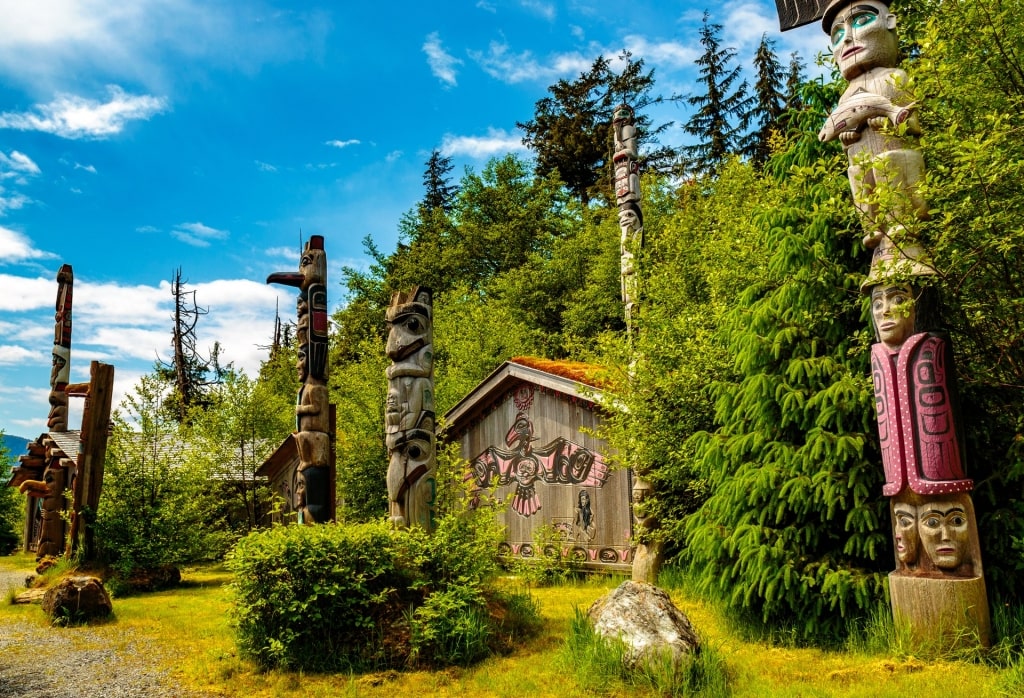
Totem Bight State Historical Park, near Ketchikan
Alaska is astonishingly rich in totem poles, especially along the shores of the Inside Passage, where tribes including the Tlingit, Haida, Eyak, and Tsimshian used the tall, straight cedar trees to carve their elaborate poles.
Every pole tells a story. It might indicate what clan the maker belonged to, a memorial to someone who has died, or a ceremonial pole carved for a wedding. Typically, a totem pole would depict Alaskan wildlife, too, from bears to wolves, eagles, and ravens. Traditionally, poles were painted in just three colors: blue, which came from copper; red, from volcanic ash or berries; and black, created from charcoal.
You’ll see totem poles in between the spruce trees at the Totem Bight State Historical Park near Ketchikan. Most interesting, though, are the 33 unrestored poles of the Tlingit, Haida, and Tsimshian tribes from the 19th century, which are housed at the Totem Heritage Centre.
These poles were retrieved from abandoned native villages in the early 1970s and are now preserved, venerable and silvery-gray with age, in a specially climate-controlled environment.
Native Alaskan Businesses
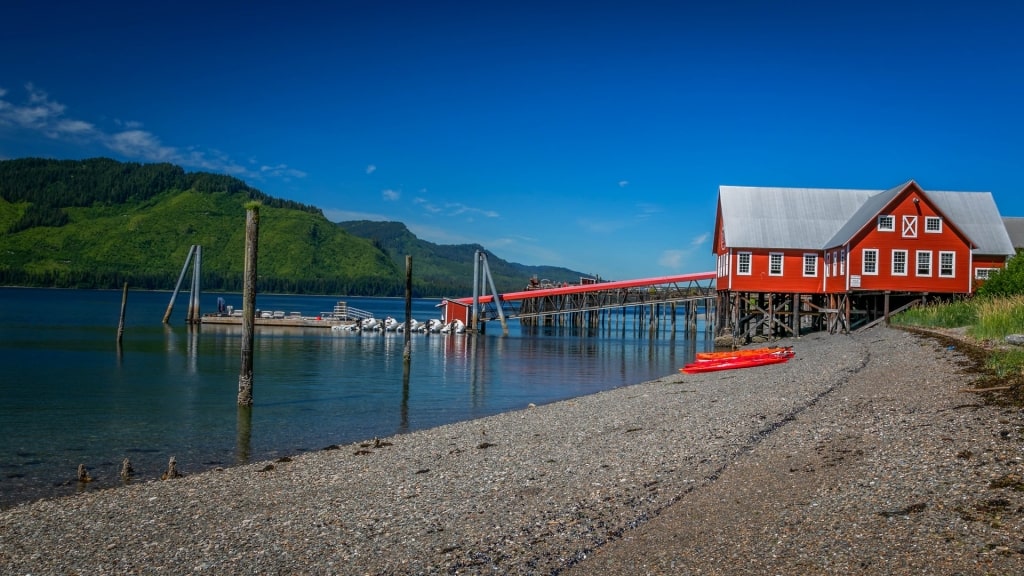
Icy Strait Point
Visitors sometimes tend to associate Alaska’s native tribes with history and legacy, but generations-old families are very much in business in Alaska today.
Icy Strait Point is a shining example of responsible tourism. The destination is located in Hoonah, Alaska’s largest Native Tlingit village, some 35 miles west of Juneau. It’s managed entirely by the Huna Totem Corporation, with all profits going back into the local community.
The Huna Tlingit have lived around Glacier Bay for thousands of years, moving to what’s now Hoonah during the 1750s when the advance of the bay’s glaciers threatened their villages. In the middle of the last century, Hoonah’s economy came from a large salmon canning factory, which ceased trading in 1953.
In the 1990s, though, the Huna Totem Corporation built the cannery and created an entire resort around it. You’ll find nature trails, restaurants, bear-watching trips, craft stores, and the restored salmon cannery, as well as a stupendously fast zipline that flies you at exhilarating speeds down the mountainside.
Gold Rush Legacy
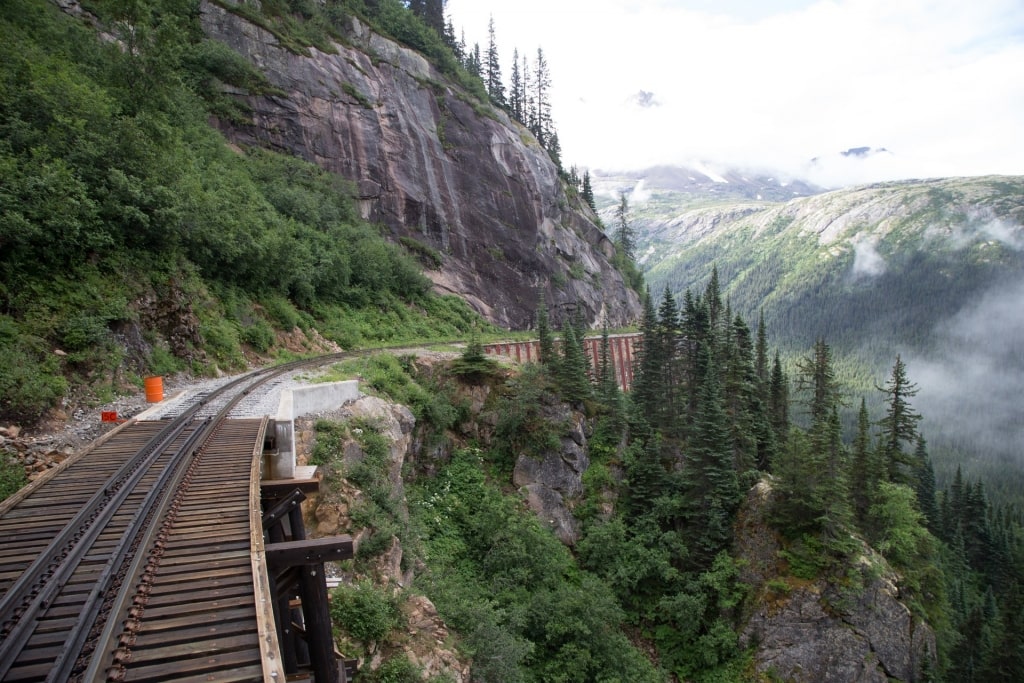
White Pass & Yukon Route, Skagway
In many ways, the fevered days of the Gold Rush shaped the Alaska you see today. Get a feel for the unimaginable hardship the early prospectors endured when you ride in the vintage carriages of the narrow-gauge White Pass & Yukon Route from Skagway, climbing nearly 3,000 feet to the summit of White Pass.
The railway was completed in 1900. Before this, prospectors had to make the journey on foot, through bitter winters and wet summers, the trail lethally slippery with mud. During the journey, you’ll marvel at the beautiful but inhospitable scenery of sheer-sided valleys and tumbling Alaskan waterfalls.
Place names tell the poignant story of the reality for many of this treacherous place. In Dead Horse Gulch, some 3,000 pack animals perished from overwork and malnourishment.
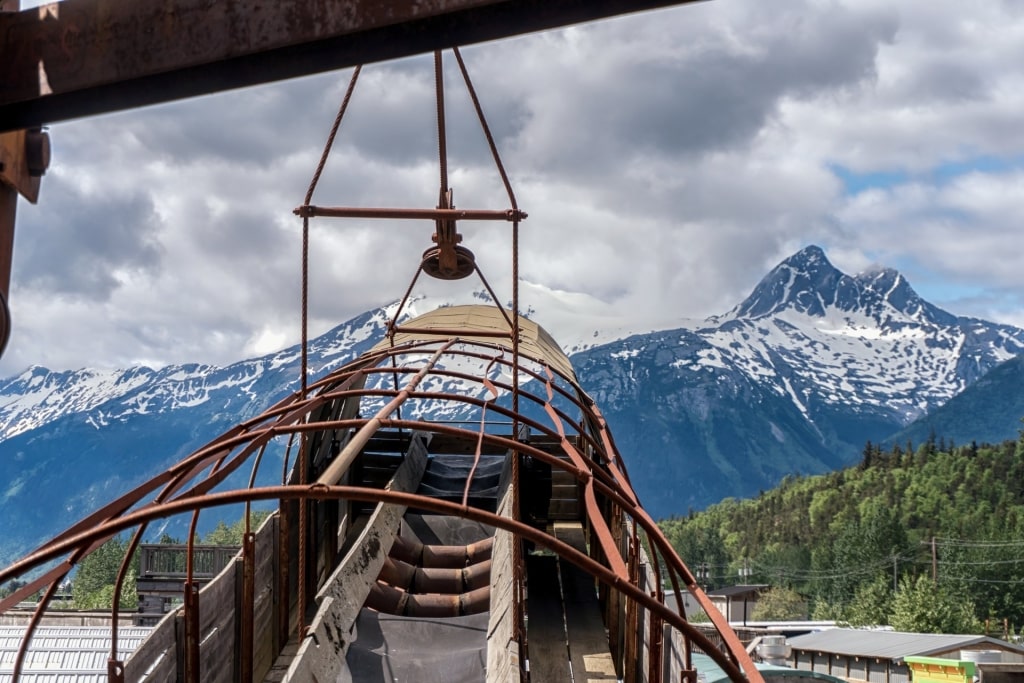
Alaska 360’s Dredge Town, near Skagway
You can try gold panning at Alaska 360’s Dredge Town, near Skagway. This multi-activity center includes exhibits of old mining tools from the Yukon, such as an authentic gold dredge, and a guarantee of “finding” your own gold.
You’ll learn about the role of brave, hardy sled dogs during the Gold Rush. At the 40-below experience, spend a few minutes in the Chilkoot Chill, a chamber that will give you a taste of Alaska’s extreme winters. The gold prospectors had no escape from the biting cold, but visitors today can warm up after their adventure with a steaming mug of hot chocolate.
In Skagway itself, visit the Gold Rush Cemetery, where many of the original prospectors are buried. One of the most legendary was con artist Jefferson “Soapy” Smith, a mischief-maker who swindled prospectors of their newfound wealth and was eventually shot dead by a disgruntled victim.
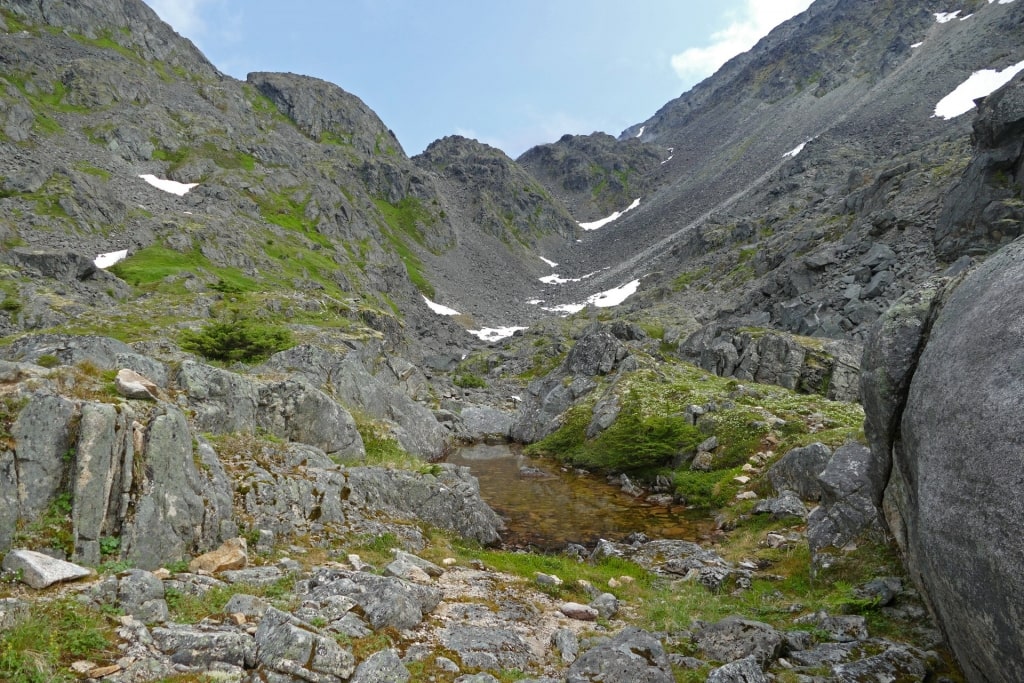
Chilkoot Trail
Or tackle the first section of the rugged Chilkoot Trail, a once dangerous, 33-mile path trodden by gold prospectors between Dyea, now a ghost town, near Skagway and Bennett, in British Columbia. Back then, this was one of just two ways to cross the mountains, laden with equipment.
While this Alaskan hiking trail is just as steep today, it’s worth exploring for the dazzling views of snow-covered mountains, thundering rivers, and dense forest from various viewpoints.
Extreme Races
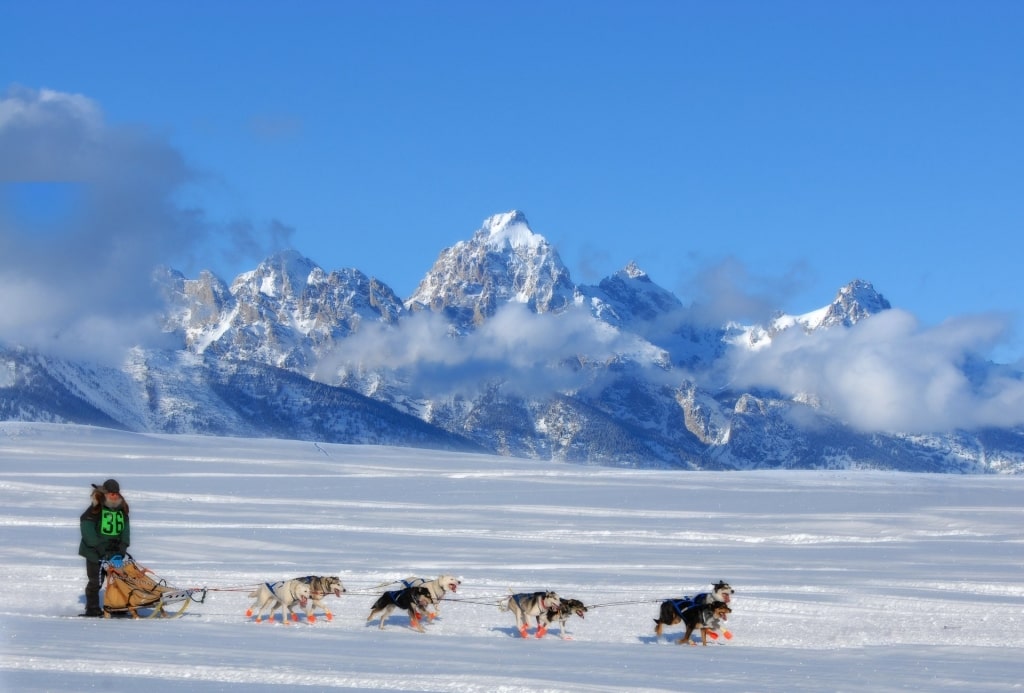
Iditarod Trail
The Iditarod Trail is the world’s most famous and grueling sled dog race, covering 938 miles across ice, forest, and frozen tundra, from Anchorage to Nome. It’s been run since the 1960s across a historic mail route between Seward and the goldfields of the northwest, originally served by sled dogs.
Read: Best Things to Do in Downtown Anchorage
The race was established to commemorate the role of sled dogs in Alaskan history. It’s been an enormous success, with the sport of dog sledding drawing competitors from all over the world. One of the best things to do in Alaska is to try mushing yourself at the racing kennels of the Seavey Homestead near Seward, where you’ll tour the racing kennels and meet adorable husky puppies.
During summer in Alaska, the dogs train with wheeled sleds, so even in the absence of snow, you’ll be able to enjoy a thrilling ride from the homestead to the base of Resurrection Mountain.
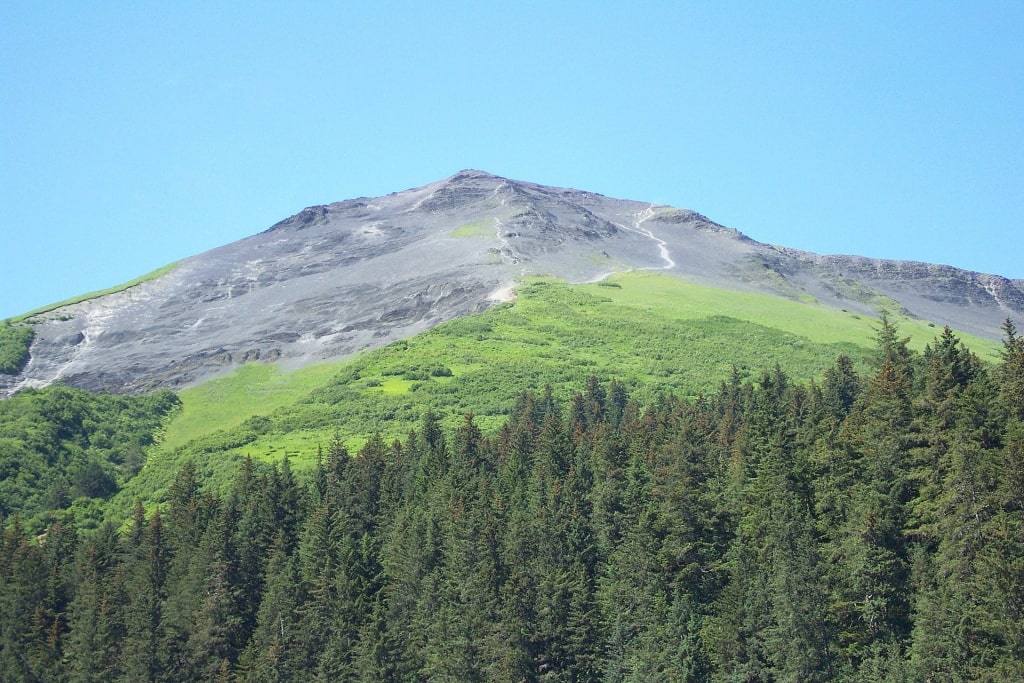
Mount Marathon, Seward
Seward is also the location of an extreme running race on Mount Marathon, an Alaskan tradition held every Independence Day, which draws 1,000 runners. Competitors have to scale a 3,022-foot rock face and then stumble back down, often damaging themselves in the process. The race is a fantastic sight should you be in Seward for the Fourth of July.
You can get your own taste of the route on a day hike up the mountain, although there’s an easier walking route than the steep Runner’s Trail. The views are magnificent, stretching the entire length of Resurrection Bay to the icy mass of the Harding Icefield.
Read: 11 Alaska Mountains to Add to Your Bucket List
Alaskan Cuisine
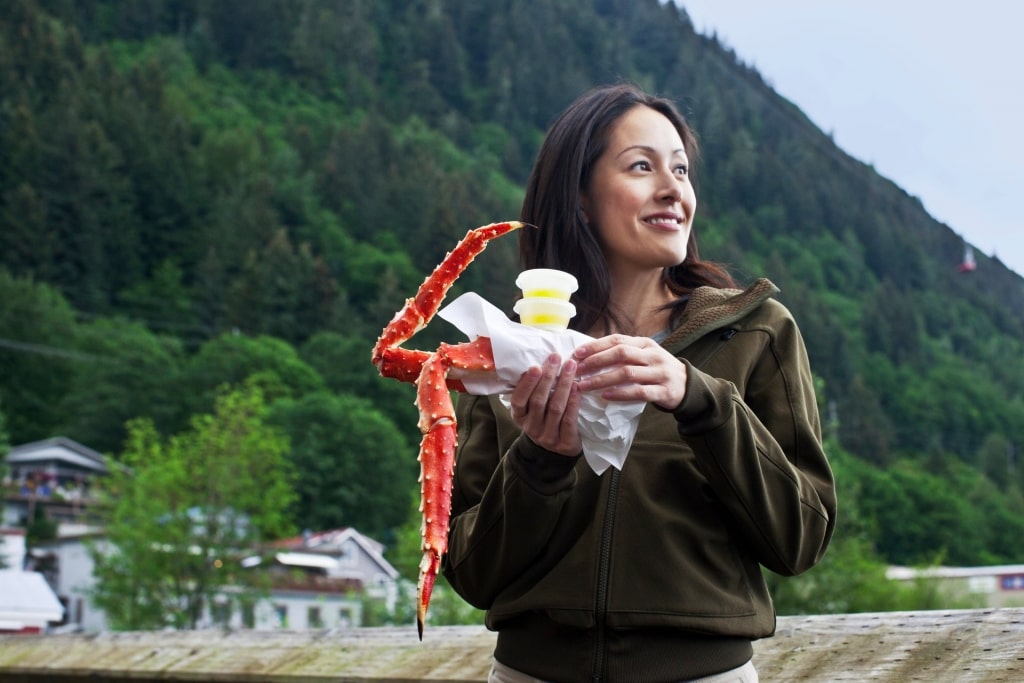
Alaskan King Crab
You’ll find salmon everywhere in Alaska: in the summer months, the clear rivers teem with fish, from sockeye to silver, chum, and king, returning here to spawn and die. Salmon appears on every menu, grilled over alder wood, baked, smoked, filling a delicious bagel—you name it.
Fish and chips are a staple, too, usually made with deliciously lightly battered cod and a hefty portion of fries. King crab makes a magnificent creamy chowder, or it can just be eaten as it is, drenched with garlic butter.
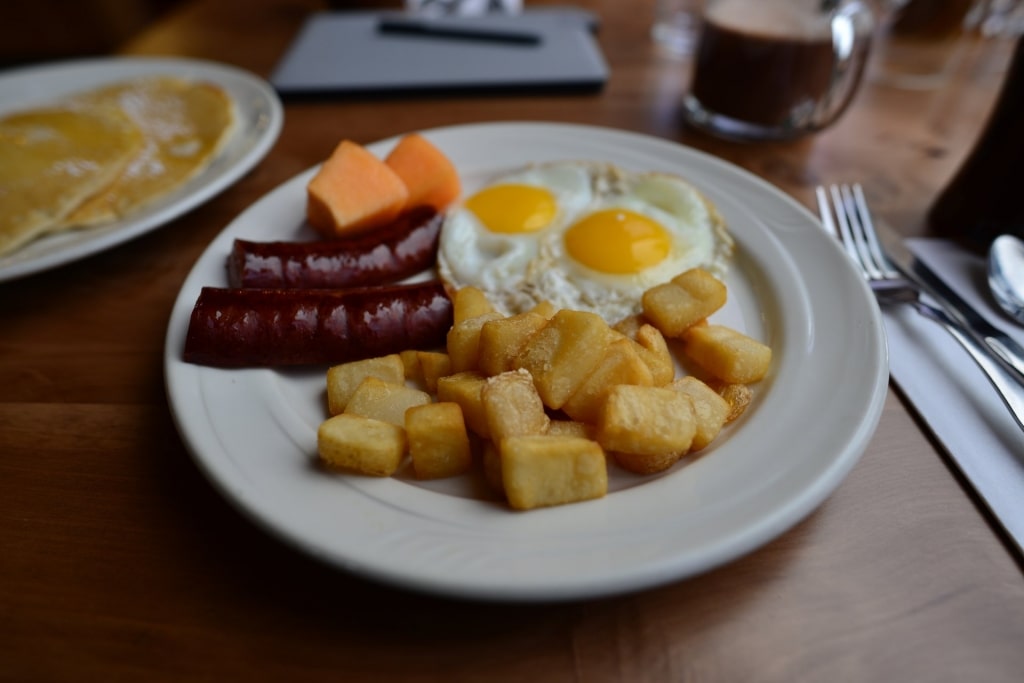
Reindeer sausage
But Alaskan cuisine is rich in variety once you’ve had your fill of fish. How about spicy reindeer sausage? Game meats have been part of the Alaskan diet for decades, and you may well spot these tasty sausages on breakfast menus throughout the state or on excursions that end with a salmon bake and BBQ. Reindeer meat is sold as jerky in gift shops, too.
Summer is berry season, and Alaskans love to forage. You’ll find blueberries everywhere, along with cloudberries and lingonberries, which only grow in cool northern climates. Berries are served with cream or ice cream, in pies, or made into preserves, which make a great gift to take home.
A slightly more curious Alaskan tradition is akutaq, an early version of ice cream containing an unpalatable-sounding mix of animal fats, caribou meat, fish, berries, fresh snow, and seal oil, all whipped up together into a red-colored mush. This calorific concoction was necessary for the days when people would be out hunting in the cold for hours at a time. Alaskans are very proud of their akutaq and every family has its own version.
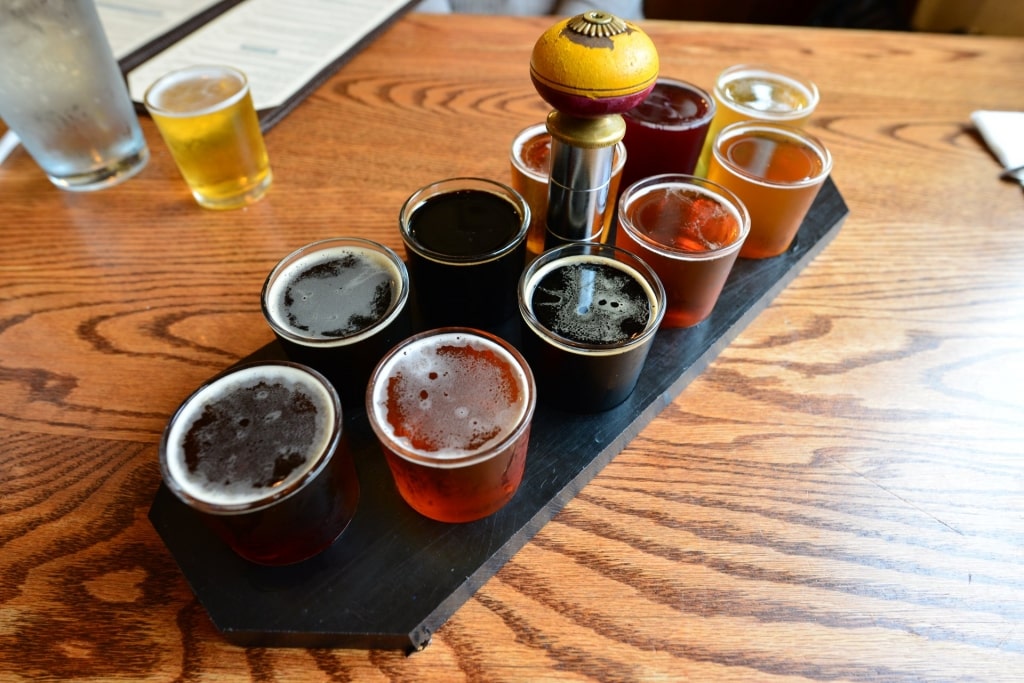
Microbrewery in Alaska
You’ll want to wash down all these delicacies with some of the fine craft beer that Alaska is known for. Microbreweries are a staple of every town, with brewers experimenting with flavors from berries to local coffee and Alaskan spruce tips.
In Juneau, visit the Tasting Room of the Alaskan Brewing Co., where you can try 20 different craft beers. The brewery even offers an Ales and Whales excursion, where you combine a whale-watching expedition with a beer tasting session afterward.
State Symbols
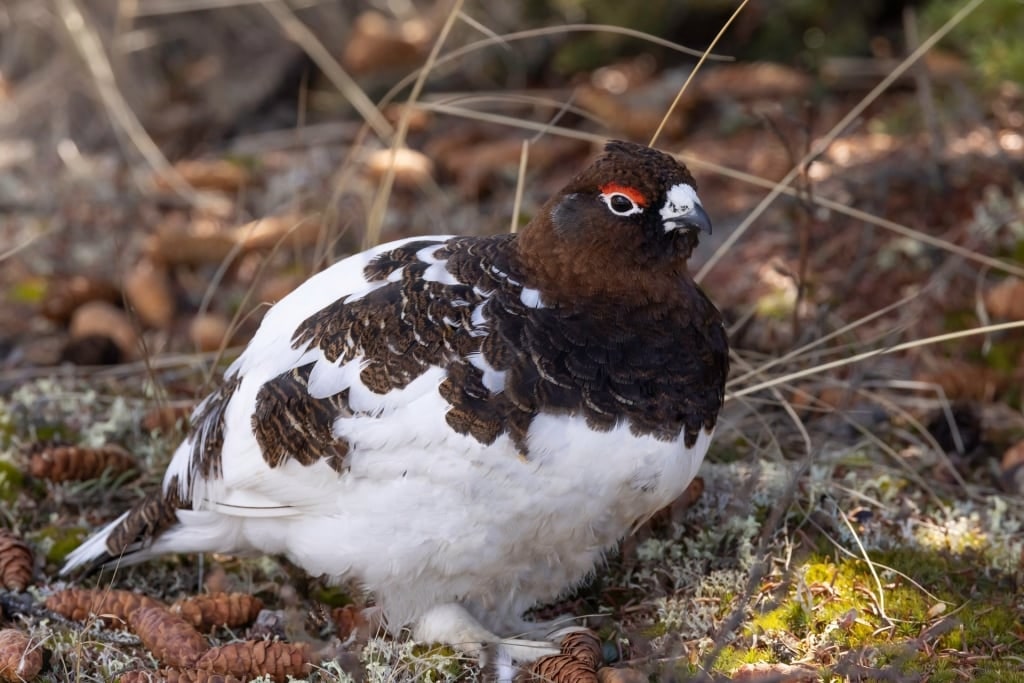
Willow ptarmigan
Alaska’s rich culture means the state has numerous symbols, all of them connected to the land. Try to spot the willow ptarmigan, the state bird. You could struggle, as the ptarmigan has a smart survival technique. This cleverly adapted Alaskan bird has brown plumage in summer and white in winter as a disguise against the snow, protecting it from the gaze of predators.
The state tree is the majestic Sitka spruce, the tallest of its kind in the world, found in the dense temperate forests along the Inside Passage. In the mountains, look out for the hardy Alpine forget-me-not, a tough little flower with pretty, sky-blue blooms.
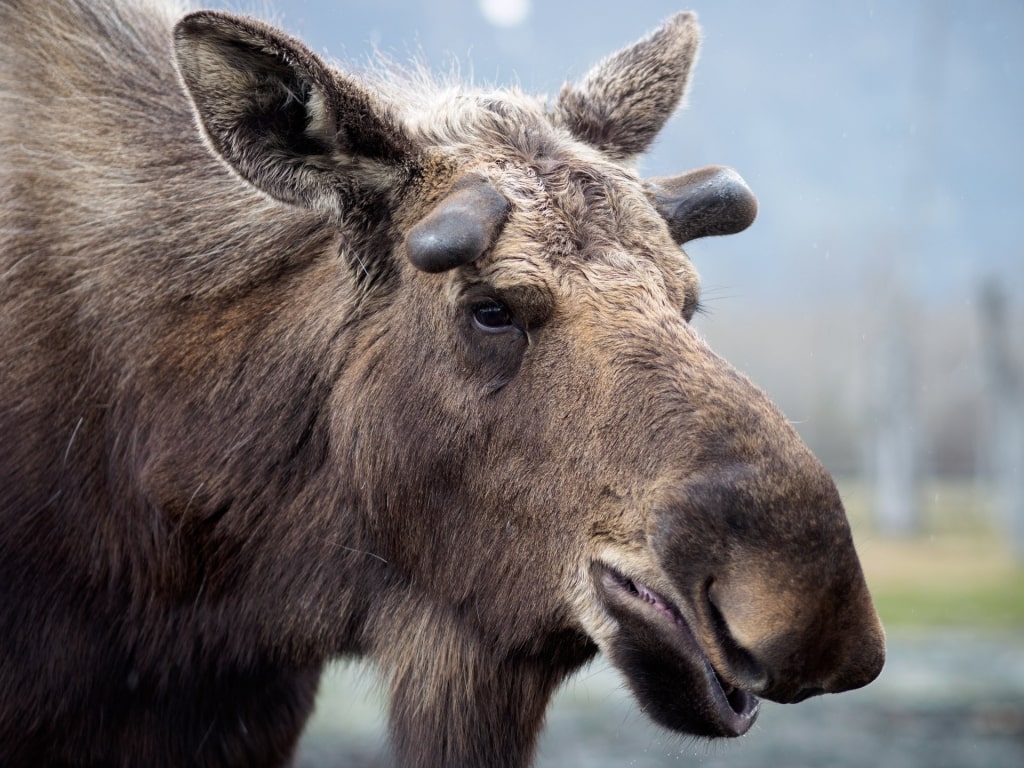
Moose
The moose is Alaska’s state mammal; you’ll have a great chance of spotting these majestic creatures in Denali National Park. The malamute, meanwhile, is the state dog: brave, fast, friendly, and tough, the breed is used in racing and as a companion.
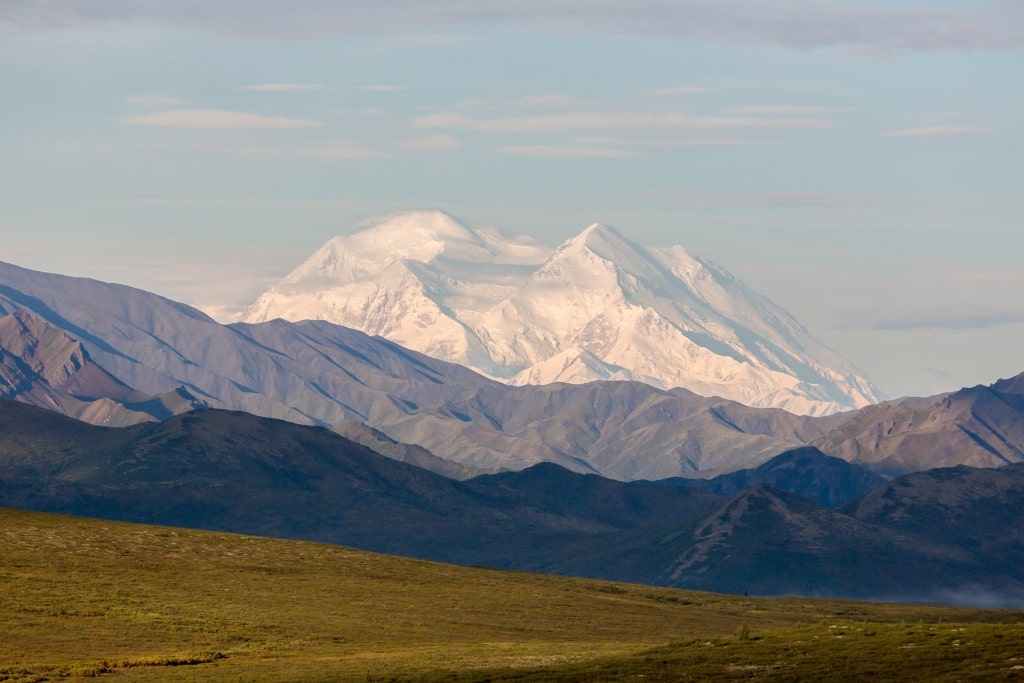
Denali National Park
The mountain itself is a landmark of Alaska. This 20,310-foot mass of granite and ice, North America’s highest peak, is just breathtaking. Admire the mountain from a helicopter or simply watch it reveal itself when the clouds part, towering over the greens, ochres, and rusts of the tundra of Denali National Park.
Finally, browse the many gift shops for locally made jewelry. You’ll find delicate pieces in jade, which is found all over the state and comes in colors from pale, milky green to dark turquoise and even the prized lavender.
Always look for the Made In Alaska mark, which means you’re buying an authentic Alaskan souvenir—and supporting local businesses at the same time.
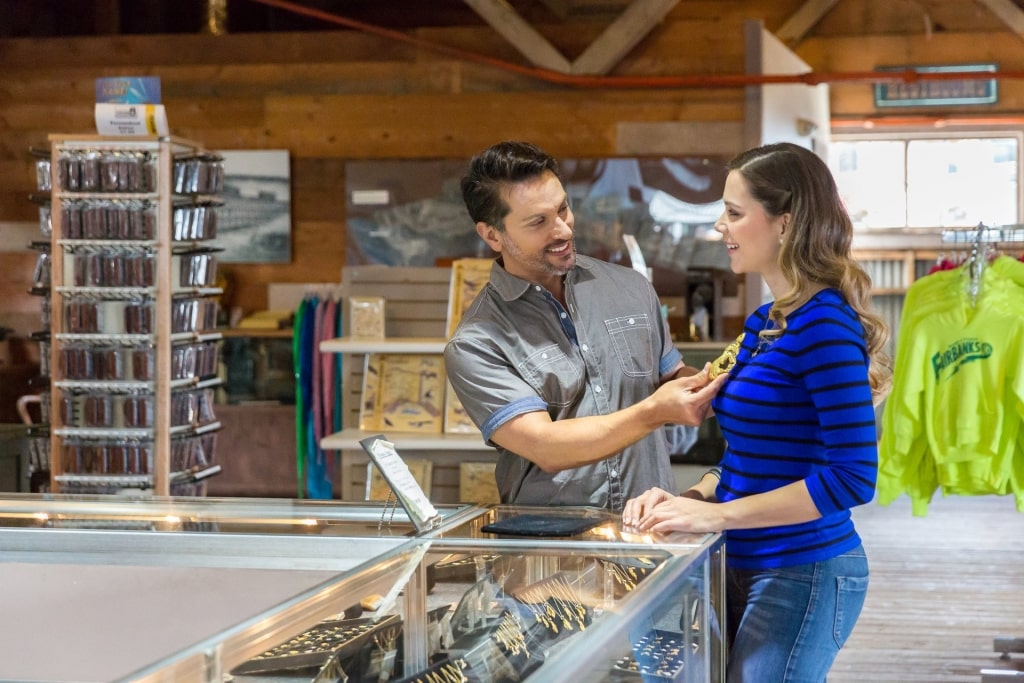
Fairbanks
Ready to discover Alaskan culture for yourself? Browse our range of thrilling cruise itineraries on our website and start planning your next adventure.
